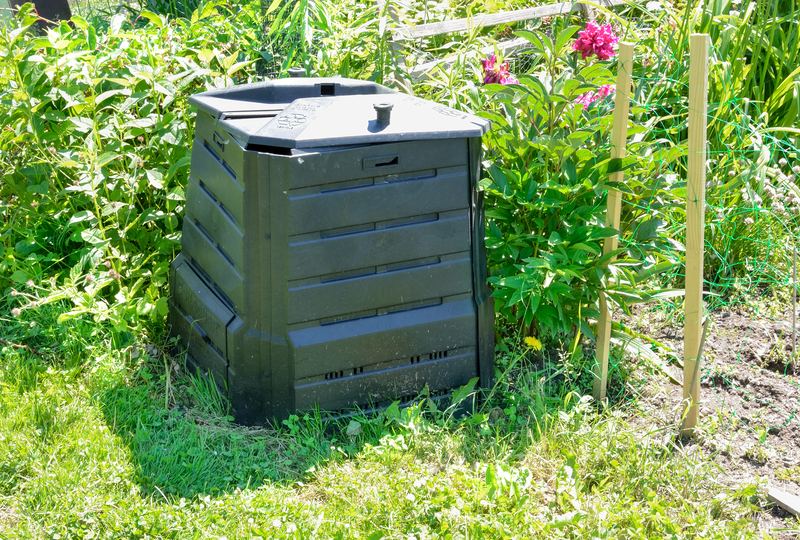Modern Techniques for Smartly Recycling Smartphones
In the ever-evolving world of technology, the turnover rate of smartphones is incredibly high. As manufacturers release new models with enhanced features and better specs, older devices quickly become obsolete. Consequently, the need for sustainable and efficient methods to recycle these electronics is more crucial than ever. In this article, we will explore the modern techniques used to smartly recycle smartphones while maintaining environmental integrity.
The Importance of Smartphone Recycling
Before diving into the techniques, it's essential to understand why smartphone recycling is so important. Each device contains a myriad of components, including precious metals like gold, silver, and palladium, which can be toxic if left to decompose in landfills. Here are some key reasons why recycling smartphones is pivotal:
- Conservation of valuable materials: Recycling helps in recovering usable materials, thus reducing the need for mining and conserving depleting resources.
- Environmental protection: Proper disposal prevents hazardous substances from contaminating the environment.
- Reducing the carbon footprint: Manufacturing new devices requires significant energy, which can be minimized through recycling efforts.

Advanced Techniques for Recycling Smartphones
Let's delve into some of the modern techniques employed for smart and efficient smartphone recycling:
1. Automated Disassembly
One of the most challenging aspects of smartphone recycling has been disassembling the devices into their components. Automated disassembly systems have evolved to handle this, utilizing robotics and artificial intelligence to dismantle phones precisely. These systems can separate materials rapidly and efficiently, preparing them for further recycling processes.
2. Data Wiping and Repurposing
Before recycling, it is essential to wipe all personal data from the devices securely. Software solutions are developed specifically to ensure data is irretrievable, making phones reuse-ready. These recycled phones can be refurbished and resold or donated to communities in need of technology access.
3. Enhanced Material Recovery
Advanced algorithms and chemical processes are now being used to enhance the recovery of valuable materials from smartphones. For example, bioleaching employs bacteria to extract metals from the circuit boards without harming the environment. Other methods, like smelting, are becoming more efficient and environmentally friendly.
4. Re-manufacturing of Components
This process involves salvaging reusable parts from old smartphones. Components such as screens, batteries, and cameras are tested for quality and re-manufactured into new devices, reducing waste drastically.
5. E-Waste Tracking Systems
Tracking systems have become integral in managing e-waste effectively. Using software, companies can track devices from collection through to the final recycling stage, ensuring accountability and transparency. This approach allows for optimizing recycling processes and maximizing material recovery.
The Future of Smartphone Recycling
As technology progresses, so does the potential for even greener recycling methods. Innovations like AI-integrated recycling plants, advanced robotics, and sustainable material replacements hold promise for the future. Additionally, the shift towards producer responsibility laws and consumer awareness campaigns supports the growth of recycling initiatives globally.

How You Can Contribute
Besides the technological advancements in recycling, consumer involvement is vital in ensuring effective smartphone recycling. Here are a few ways you can contribute:
- Support companies with sustainable practices: Choose brands that emphasize recyclability and take-back programs.
- Responsible disposal: Use designated e-waste recycling centers rather than disposing of old phones in regular trash.
- Extend the life of your devices: Opt for repair options whenever feasible instead of purchasing new devices.
Conclusion
The demand for technology is ever-increasing, and with it comes the responsibility of ensuring that devices are recycled responsibly. By employing these modern recycling techniques and actively participating in recycling initiatives, we can minimize environmental impact and make the digital world more sustainable. Together, we can pave the way for a future where technology and ecology thrive in harmony.